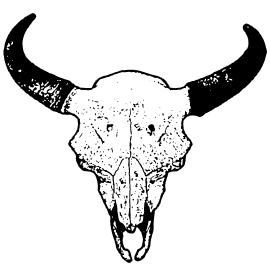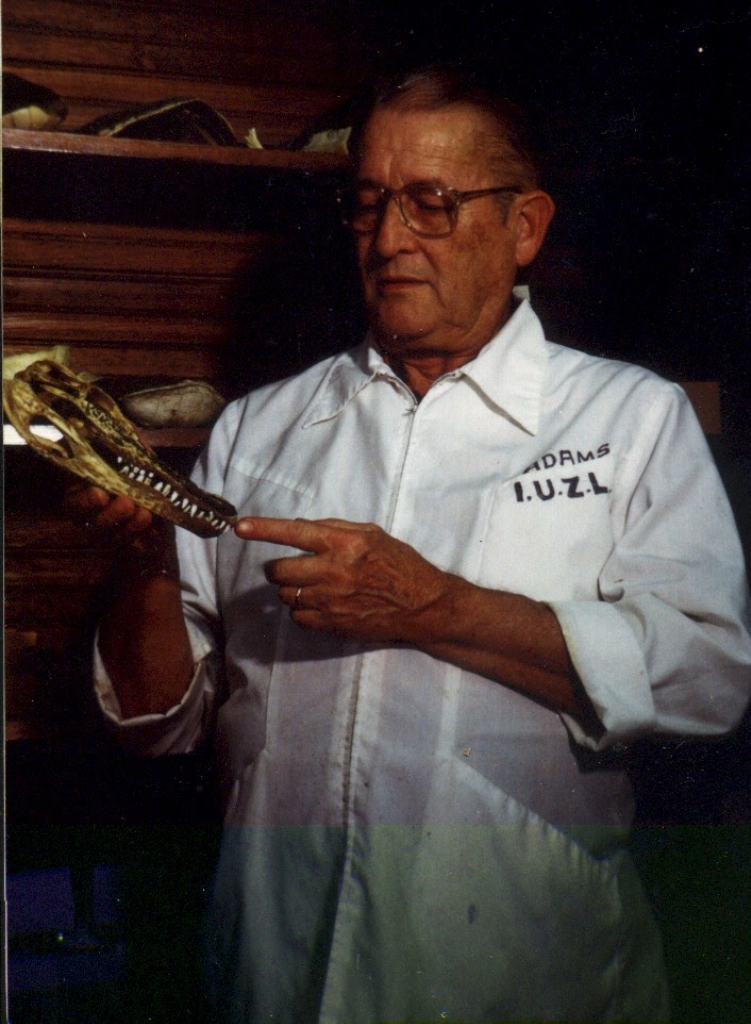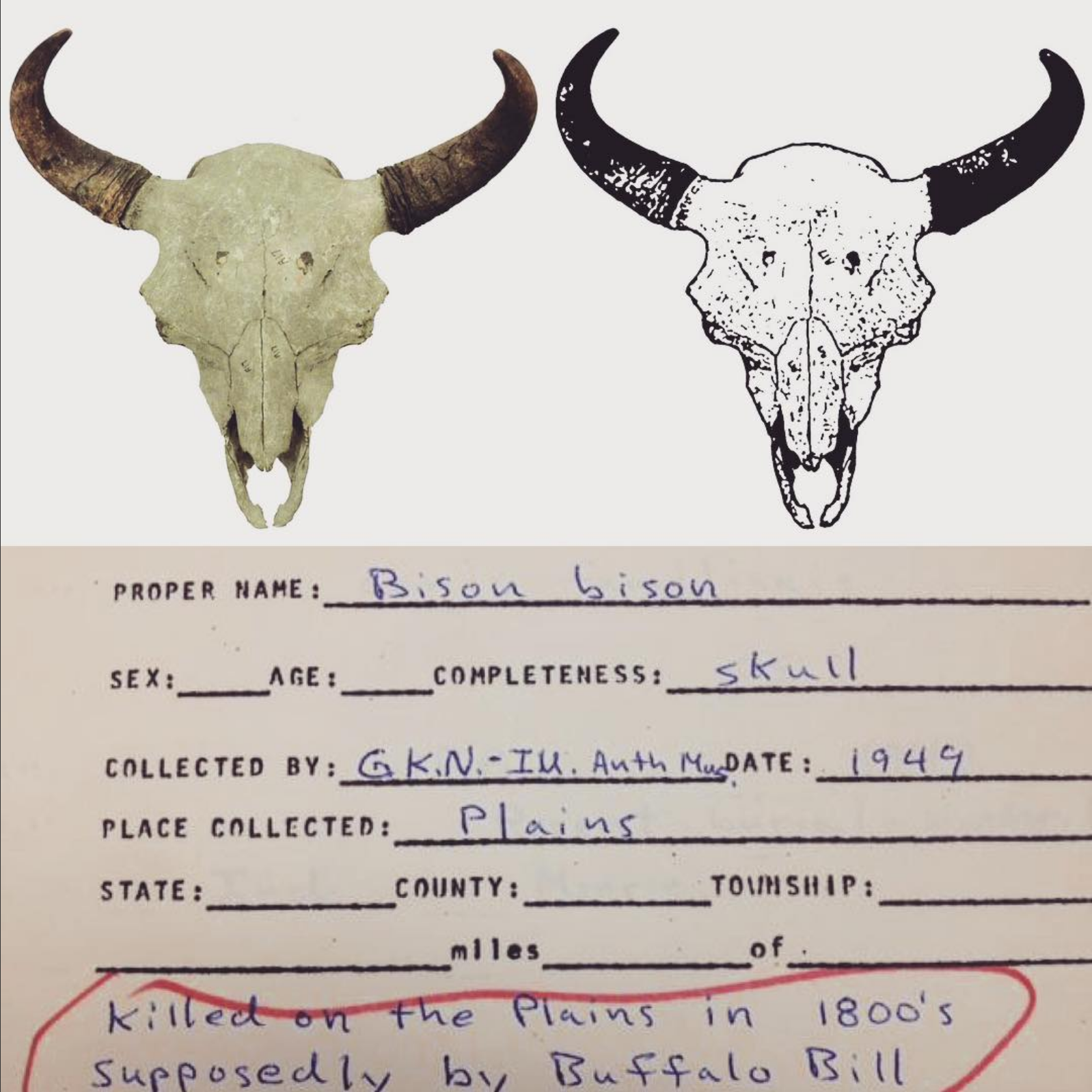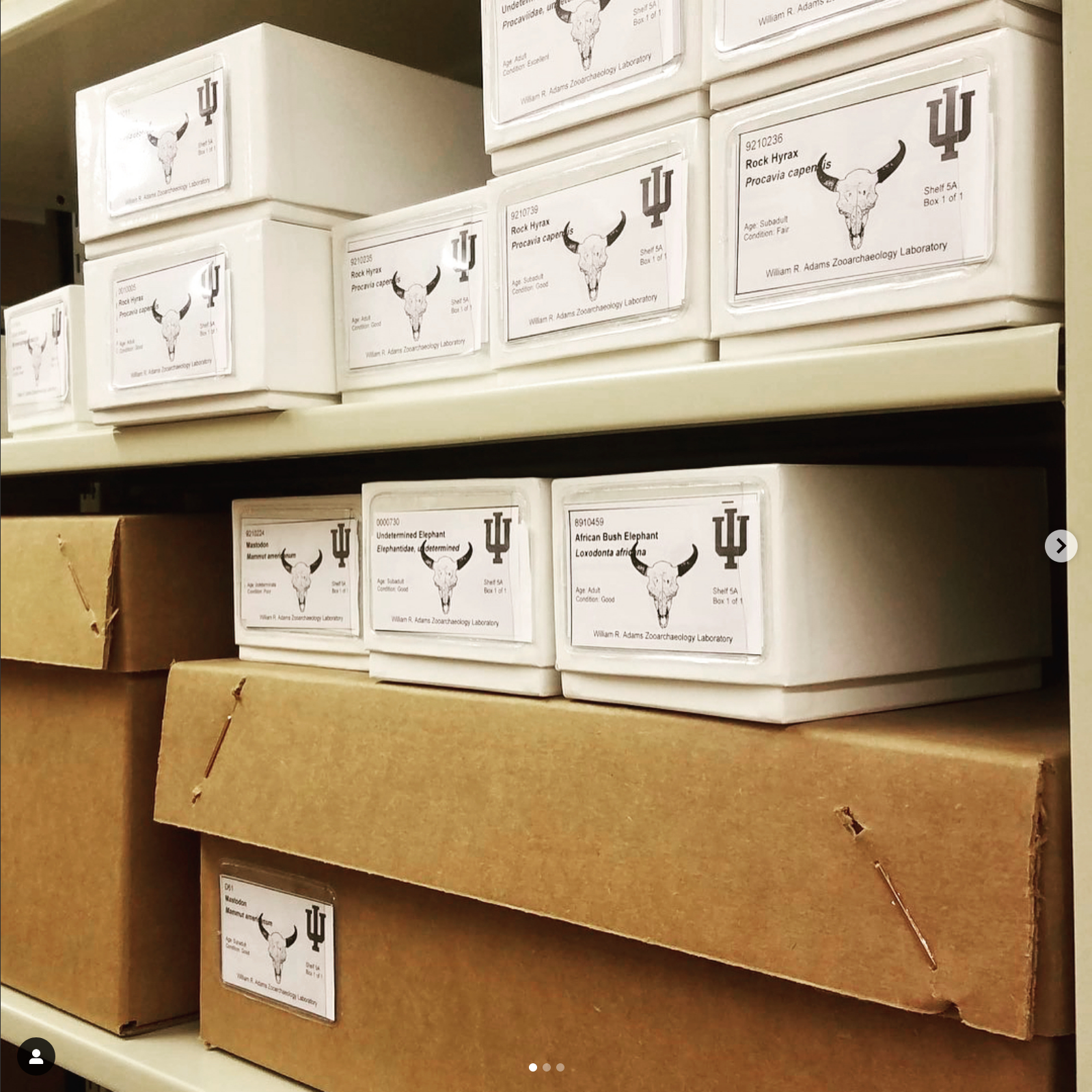The zooarchaeology laboratory was established as a small scale operation in 1945 by Glenn A. Black and William R. Adams for the purpose of accumulating skeletal remains of native animal species in response to ongoing excavations at the extensive prehistoric Angel Mounds Site in southwest Indiana. With funding from various sources including Eli Lilly, Paul Weir, Georg Neuman, and Carl Voegelin, the enterprise grew quickly.
Adams spent many years developing his initial collection, obtaining the first 2,500 specimens on his own. Beginning in 1947, Adams conducted preparatory work and identifications in his own basement. He was appointed to the faculty in 1955, at which time the Laboratory was transferred to the IUB campus. In 1960, the growing size of the collection necessitated a move into more spacious environs on the fourth floor of Rawles Hall. In August 1991, the entire collection (along with the rest of the department) was relocated to the newly remodeled Student Building, where it currently resides in Room 025
Until 1983, the focus of the collection was on North American (primarily Midwestern) vertebrates; however, through the interests and activities of faculty and staff, the collection has grown to encompass worldwide specimens of vertebrates and invertebrates whenever possible. Since its final move, WRAZL activities have largely covered four areas:
For more information about the early years of the Anthropology Department at IU Bloomington see Harold Driver's 1954 article.






